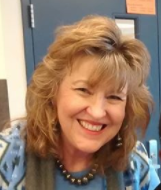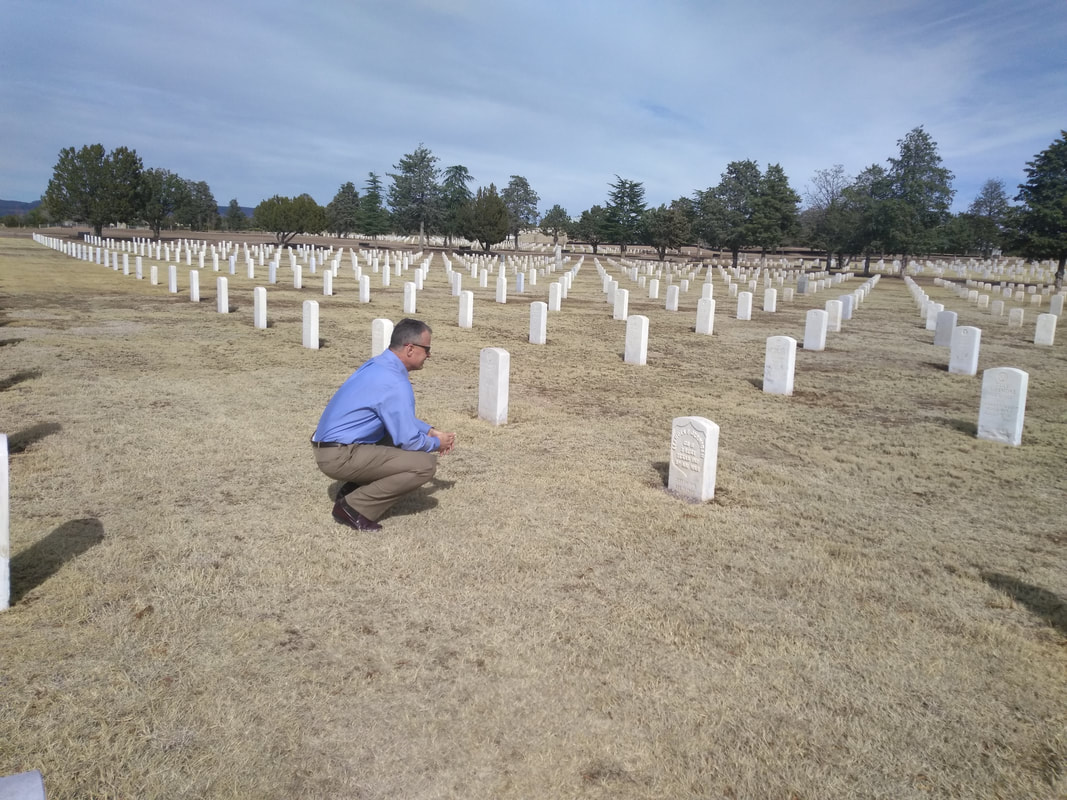Although we are in different school districts, my granddaughter and I lucked out and had our spring breaks at the same time this year. To celebrate, she spent the night. When my granddaughter spends the night. We have a routine that is almost inviolate. We read stories and play games, take walks, and always, at her insistence, we bake cookies.

Last night, when I asked her which book she wanted to read, I wasn't surprised when she said "Nana, I want the one with the soldiers and the squirrel." Miss Suzy is an oldie, but a goodie, and it's one of her favorite books. It was one of my favorites when I was a child, and my sons enjoyed it a generation later, so it's no wonder my copy is falling apart. A book that's been handled, read and loved for three generations is a real keeper.
 My granddaughter at my son's graduation from West Point, 2015
My granddaughter at my son's graduation from West Point, 2015I think one of the reasons my granddaughter loves Miss Suzy is because of the brave toy soldiers who run off the thuggish red squirrels who had invaded Miss Suzy's home. My granddaughter loves soldiers, or more accurately, one soldier in particular: her Uncle John.
When my son graduated from West Point in 2015, my granddaughter was quite taken with his uniform. She gazed up at him and said "You are my tin soldier, and I am your ballerina." This grandma was proud, not only for her son's accomplishment or the love between family members, but for my then three year old granddaughter's ability to make literary allusions. I'm sure Hans Christian Andersen was smiling down from heaven.
When my son graduated from West Point in 2015, my granddaughter was quite taken with his uniform. She gazed up at him and said "You are my tin soldier, and I am your ballerina." This grandma was proud, not only for her son's accomplishment or the love between family members, but for my then three year old granddaughter's ability to make literary allusions. I'm sure Hans Christian Andersen was smiling down from heaven.
 The author and her Uncle Jerry.
The author and her Uncle Jerry.This grandma understands a young girl's fascination with a man in uniform because she had her own love for a soldier, and like my granddaughter, my love was for an Uncle. My Uncle Jerry, my father's younger brother, was a bigger than life character to me. He was handsome and dashing, with a big laugh and a great sense of humor. He told fabulous stories and always seemed to be getting into situations that were both hilarious and a bit frightening. He was rough and tough, but gentle and sweet at the same time.
 Unwrapping the kisses.
Unwrapping the kisses.This morning we made a batch of Peanut Blossoms. Like Miss Suzy, these cookies have stood the test of time. They won the Pillsbury Bake-Off in 1957, and have been loved by generations of cookie fans. They are the favorite cookie of both my granddaughter and my soldier son. She made them for him while he was deployed, but just because he's returned to the states doesn't mean she'll stop making them for him. She'll be taking some home with her for her mom and dad. Some will end up in my husband's cookie jar and lunch bag. And some will be mailed to Fort Hood, where my son is currently stationed. I hope that you'll enjoy them, too. Oldies but goodies need to be shared.
Peanut Blossoms
 putting on the kisses
putting on the kisses1 3/4 cups flour
1/2 cup sugar
1/2 cup brown sugar
1 tsp baking soda
1/2 tsp salt
1/2 cup shortening
1/2 cup peanut butter
2 TBS milk
1 tsp vanilla
1 egg
Mix all ingredients in a mixer at low speed until a stiff dough forms. Roll into 1" balls. Roll in sugar and place 2" apart on an ungreased cookie sheet.
Bake at 375 for 10-12 minutes, or until golden brown. As soon as the cookies come out of the oven press a chocolate candy kiss into its middle, but not so hard as to split the cookie. Remove from cookie sheet and cool on a rack long enough for the kisses to reharden.
1/2 cup sugar
1/2 cup brown sugar
1 tsp baking soda
1/2 tsp salt
1/2 cup shortening
1/2 cup peanut butter
2 TBS milk
1 tsp vanilla
1 egg
Mix all ingredients in a mixer at low speed until a stiff dough forms. Roll into 1" balls. Roll in sugar and place 2" apart on an ungreased cookie sheet.
Bake at 375 for 10-12 minutes, or until golden brown. As soon as the cookies come out of the oven press a chocolate candy kiss into its middle, but not so hard as to split the cookie. Remove from cookie sheet and cool on a rack long enough for the kisses to reharden.










